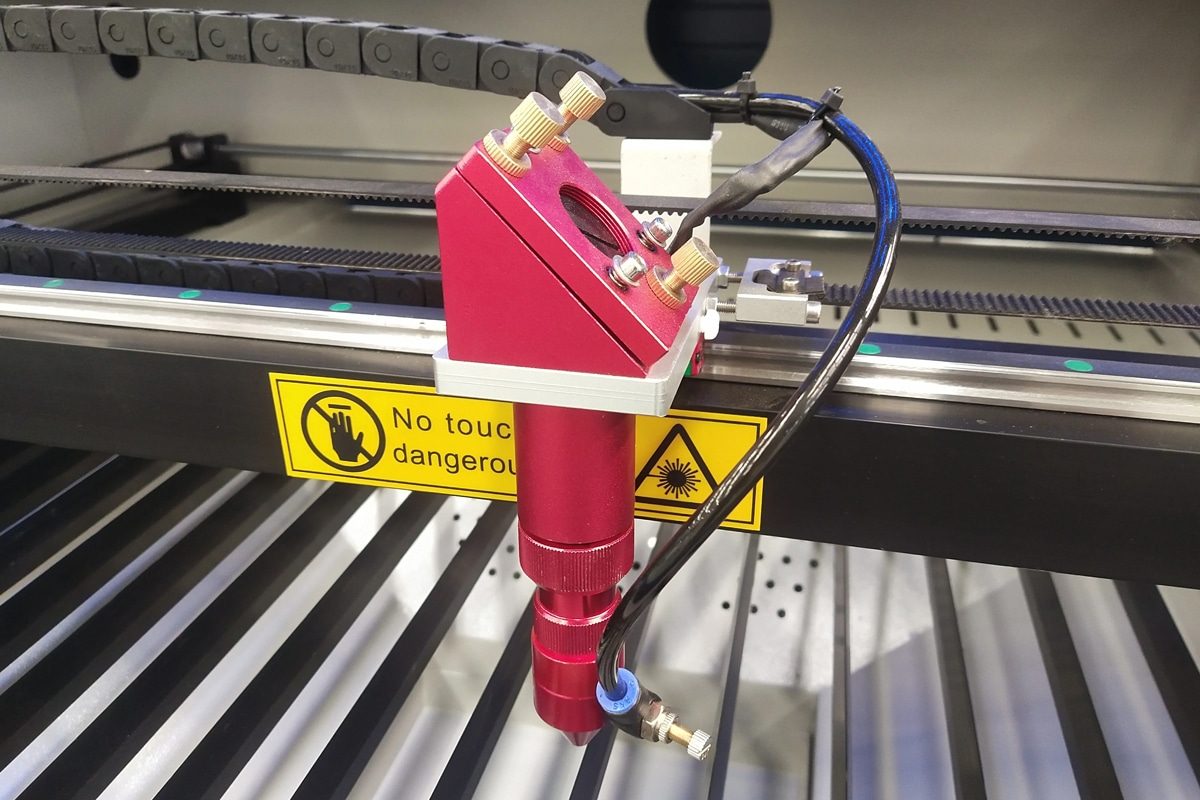
CO2 Laser Cutting Machine Troubleshooting Guide
In modern industrial production, the CO2 laser cutting machine serves as an efficient and precise cutting tool. It is widely used in processing various materials, including metal, plastic, and wood. However, like any mechanical equipment, CO2 laser cutting machines will occasionally malfunction, affecting production efficiency and cutting quality. In order to help users better understand and solve these problems, this article will provide a CO2 laser cutting machine troubleshooting guide, covering common faults and their solutions to ensure the normal operation and production efficiency of the equipment.
In this article, we will delve into the common faults of CO2 laser cutting machines, including explaining the importance of troubleshooting CO2 laser cutting machines, common fault phenomena, and possible causes, troubleshooting steps and solutions, as well as effective preventive measures and Maintenance recommendations. Help users to quickly and accurately troubleshoot problems when faced with them, thereby ensuring the continuity of production and quality stability.
Table of Contents
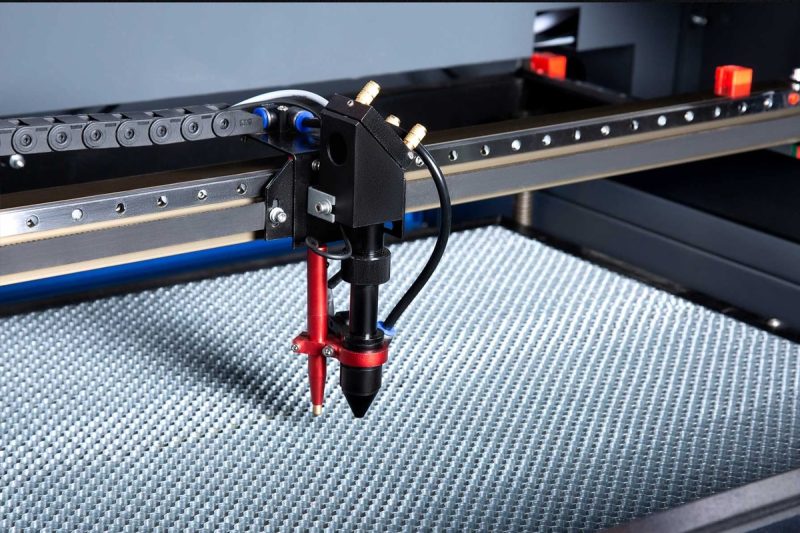
The Importance Of Troubleshooting CO2 Laser Cutting Machines
CO2 laser cutting machines play a vital role in modern industrial production, and troubleshooting is of great significance to ensure their normal operation and production efficiency. Here are a few key points on the importance of troubleshooting:
- Guarantee of production efficiency: Failure of the CO2 laser cutting machine may cause the production line to shut down, resulting in a decrease in production efficiency. Timely and effective troubleshooting can reduce production interruption time and ensure production progress and delivery deadlines are met.
- Cost Savings: Troubleshooting can reduce production costs by avoiding unnecessary production delays and downtime. Prolonged downtime not only results in lost production but may also require additional repair and maintenance costs.
- Guarantee of product quality: Failure of the CO2 laser cutting machine may lead to a decrease in cutting quality and produce defective products. By troubleshooting promptly, the stability and consistency of product quality can be ensured and customer satisfaction can be improved.
- Extension of equipment life: Regular troubleshooting can detect and repair potential problems in time, avoid further deterioration of faults, and extend the service life of the CO2 laser cutting machine.
- Safety guarantee: Some faults may cause safety hazards to operators and equipment. Through troubleshooting, safety hazards can be eliminated in time to ensure the safety of operators and equipment.
Therefore, the importance of troubleshooting CO2 laser-cutting machines is self-evident. Only by timely and effective troubleshooting can we ensure the normal operation of the equipment, improve production efficiency, ensure product quality, and extend the life of the equipment.
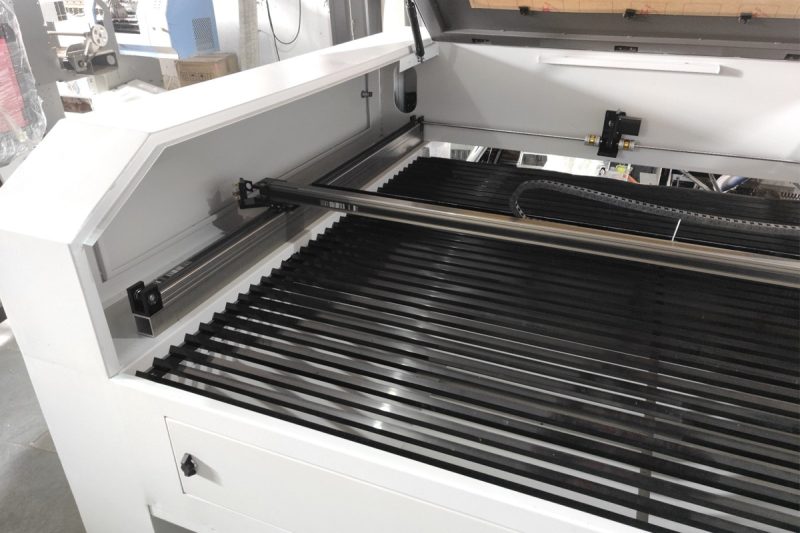
Common Fault Phenomena And Possible Causes
CO2 laser cutting machines often encounter various failures in the process of cutting various materials. These failures may lead to reduced cutting quality, reduced production efficiency, and even affect the life and safety of the equipment. The following will introduce common fault phenomena and possible causes of CO2 laser cutting machines:
Reduced Cutting Quality
Fault Phenomenon
- Burnt or burred edges appear.
- The cutting surface is uneven, corrugated, or uneven.
Possible Reasons
- The optical lens is dirty or worn: The optical lens is a key component that focuses the laser beam onto the workpiece surface. When the lens surface is subject to dust, oil, or wear, it will affect the focusing effect of the laser beam, resulting in a decrease in cutting quality.
- Cutting speed is too fast or too slow: The cutting speed is related to the type and thickness of the material. If the speed is too fast, the material may not be completely melted, and if the speed is too slow, the quality of the cutting surface will be reduced.
- Inaccurate laser beam focus: If the laser beam focus is inaccurate, the energy density at the cutting point is uneven, which will cause the cutting surface to be uneven or the edges to be burnt.
Unstable Cutting Speed
Fault Phenomenon
- Sudden changes or fluctuations in cutting speed.
- The cutting lines are discontinuous or have jumps.
Possible Reasons
- Unstable power supply: CO2 laser cutting machines have high requirements for stable power supply. Power supply fluctuations or voltage instability will directly affect the laser power output, resulting in unstable cutting speed.
- Damage to optical components: Optical components include mirrors and lenses. If any of them is damaged or stained, it will affect the transmission and focusing effect of the laser beam, resulting in unstable cutting speed.
- Control system failure: Control system failure may result in inaccurate or failed cutting speed adjustment, requiring recalibration or replacement of faulty parts.
Cutting Head Parts Damaged
Fault Phenomenon
- Cutting head parts are severely worn.
- Lenses cracked or falling off.
Fault Phenomenon
- Wear of cutting head components: Cutting head components will be worn under long-term high-intensity work, especially the cutting gas nozzle and protective pad. Severe wear will affect cutting quality and efficiency.
- The lens is broken or detached: The lens is an important part of the optical lens. Once it is damaged or detached, it will directly affect the transmission and focusing effect of the laser beam, resulting in a decrease in cutting quality.
Gas Supply Issues
Fault Phenomenon
- Reduced cutting quality.
- Cutting speed is unstable.
Fault Phenomenon
- Unstable gas flow: During the cutting process, the gas flow injected by the gas nozzle needs to remain stable, otherwise the cutting quality will be affected.
- Abnormal gas pressure: Abnormal pressure in the gas supply system will cause unstable gas flow and affect cutting quality and speed.
- The above listed are only some of the common faults of CO2 laser cutting machines. For operators, timely identification and troubleshooting are the keys to ensuring stable equipment operation and production efficiency. Therefore, understanding the possible causes of failure and the corresponding solutions is crucial to maintaining the normal operation of the CO2 laser cutting machine.
The above listed are only some of the common faults of CO2 laser cutting machines. For operators, timely identification and troubleshooting are the keys to ensuring stable equipment operation and production efficiency. Therefore, understanding the possible causes of failure and the corresponding solutions is crucial to maintaining the normal operation of the CO2 laser cutting machine.
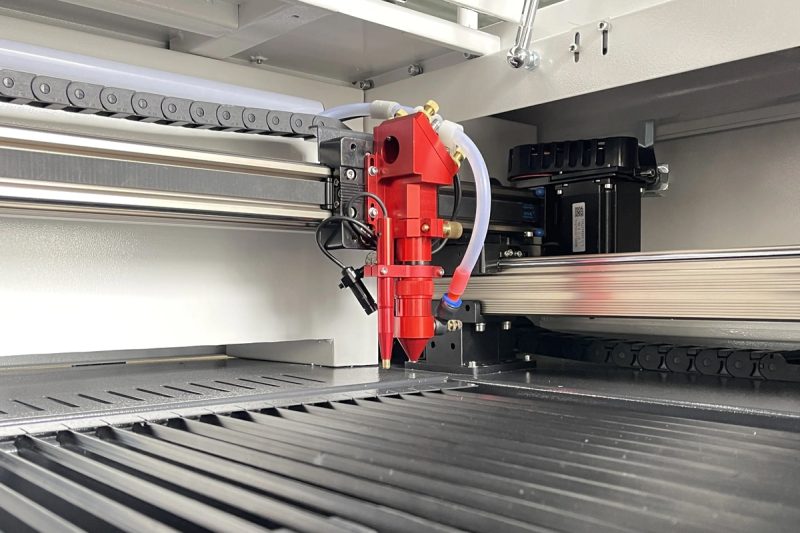
Troubleshooting Steps And Common Solutions
After a CO2 laser cutting machine fails, timely troubleshooting is the key to ensuring the normal operation of the equipment. To get your device back up and running as quickly as possible, here are common troubleshooting steps and solutions:
Confirm The Failure Phenomenon And Impact
- Observe the fault phenomenon: Observe the specific phenomenon of the fault in detail, such as reduced cutting quality, unstable speed, etc.
- Assess the degree of impact: Determine the degree of impact of the fault on production efficiency and product quality in order to formulate corresponding response plans.
Check Equipment Operating Status
- Check the power supply and gas supply system: Make sure the power supply to the device is stable and the gas supply is normal.
- Check mechanical components: Check whether there are any abnormalities in mechanical components such as cutting heads, guide rails, and transmission systems.
Check Optics
- Check the optical lens: Clean the surface of the optical lens to make sure it is not stained or worn.
- Check the reflector: Check whether the reflector is damaged or stained to ensure the transmission quality of the laser beam.
Adjust Cutting Parameters
- Adjust cutting speed and power: According to the different characteristics and thickness of the material, adjust the cutting speed and power parameters to optimize the cutting effect.
- Adjust focus: Make sure the laser beam focus is adjusted correctly to ensure cutting quality and speed.
Check The Control System
- Check the control software: Make sure the control software is set up correctly and there are no errors in the cutting program.
- Check the circuit connection: Check whether the circuit connection of the control system is good to avoid failures caused by connection problems.
Replace Damaged Parts
- Replace worn parts: such as cutting head parts, optical lenses, etc. to ensure the normal operation of the equipment.
- Replace damaged electronic components: such as power modules, controllers, etc., to ensure that the equipment’s electrical system is working properly.
Perform Testing And Debugging
- Carry out no-load test: Before actual cutting, conduct a no-load test to check whether all functions of the equipment are normal.
- Debugging cutting parameters: According to the test results, adjust the cutting parameters to optimize the cutting effect.
Recording And Feedback
- Record fault information: Record the details of the fault, troubleshooting steps, and solutions for future reference.
- Feedback to relevant departments: Feed back fault information to the equipment maintenance department or manufacturer for further tracking and solving potential problems.
Through the above troubleshooting steps and solutions, CO2 laser cutting machine failures can be solved promptly and effectively, and the normal operation and production efficiency of the equipment can be ensured. At the same time, regular maintenance and training of operators are also important measures to prevent failures.
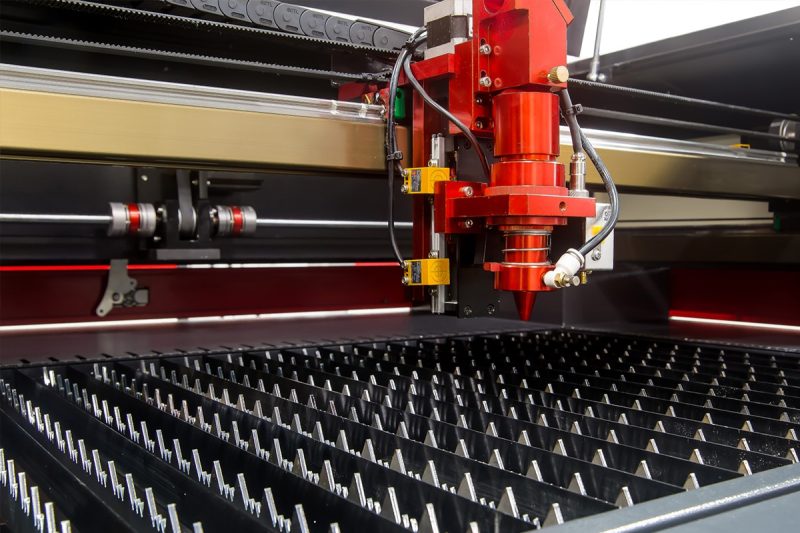
Preventive Measures And Maintenance Recommendations
Preventative measures and maintenance recommendations are essential to ensure the maintenance operation of the CO2 laser cutting machine and extend the life of the equipment. Here are some common precautions and maintenance recommendations:
Regular Cleaning And Maintenance
- Clean optical components: Clean optical lenses and reflectors regularly to prevent dust, oil, or dirt from affecting the transmission quality of the laser beam.
- Clean the working area: Keep the working area clean to prevent dust, foreign matter, etc. from entering the equipment and affecting the cutting quality and equipment life.
- Lubricate mechanical components: Regularly lubricate and maintain mechanical components such as cutting heads, guide rails, and transmission systems to reduce friction and wear.
Regular Inspection And Calibration
- Check the power supply and gas supply system: Check the power supply and gas supply system regularly to ensure a stable supply of power and gas.
- Calibrate cutting parameters: Regularly check and calibrate cutting parameters, such as cutting speed, power, focal length, etc., to ensure cutting quality and efficiency.
- Check the control system: Regularly check the software and hardware of the control system to ensure normal operation, and identify and solve potential problems promptly.
Training Operators
- Provide training: provide professional training to operators, including equipment operation, maintenance, safe operation, etc., to improve their skill level and operating specifications.
- Establish operating procedures: Establish standardized operating procedures and standard operating procedures to ensure that operators operate equipment correctly in accordance with the procedures and reduce failures caused by human factors.
Pay Attention To Safe Operation
- Comply with safety regulations: Strictly abide by equipment safety operating regulations to ensure the safety of operators and equipment.
- Wear protective equipment: Operators should wear appropriate protective equipment, such as goggles, gloves, etc., to reduce the possibility of accidental injuries.
Equipment Updates And Upgrades
- Timely update of equipment: According to actual production needs and technological development, timely update of equipment to improve production efficiency and cutting quality.
- Consider upgrade options: Consider equipment upgrade options such as adding automation features, improving cutting accuracy, etc. to meet changing market demands.
Through the above preventive measures and maintenance suggestions, the failure rate of CO2 laser cutting machines can be effectively reduced and the normal operation and production efficiency of the equipment can be guaranteed.
Summarize
To sum up, the common troubleshooting problems and solutions for CO2 laser cutting machines involve various aspects, and it is necessary to comprehensively consider the mechanical, optoelectronic, electrical, and other factors of the equipment. Only by establishing a complete troubleshooting mechanism and team and strengthening equipment maintenance and operating specifications can we ensure the normal operation and production efficiency of the CO2 laser cutting machine and meet the changing production needs. We hope that the troubleshooting guide provided in this article can provide help and guidance for users when they encounter failures in actual production so that the equipment can always maintain its best condition and provide stable and reliable support for production.
Contact information
- [email protected]
- [email protected]
- +86-19963414011
- No. 3 Zone A, Lunzhen Industrial Zone,Yucheng City , Shandong Province.
Get Laser Solutions
